Hai-Thien To
Towards an Error-free Deep Occupancy Detector for Smart Camera Parking System
Aug 17, 2022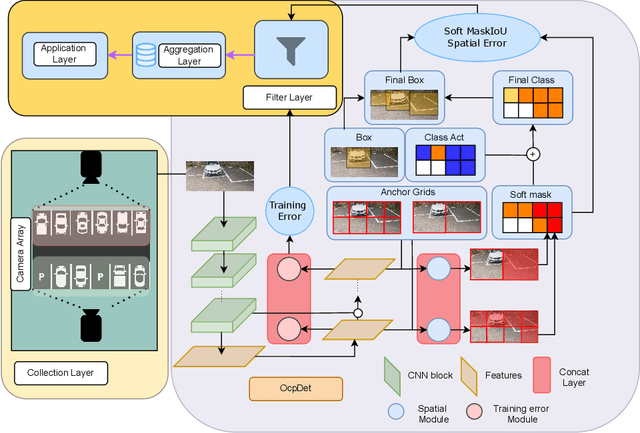

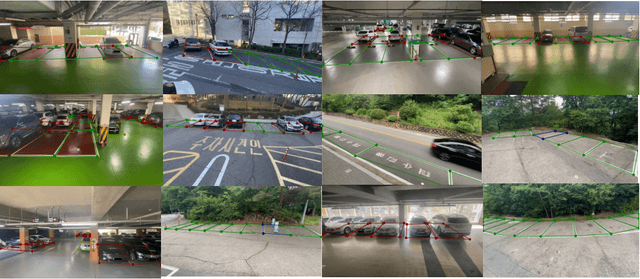
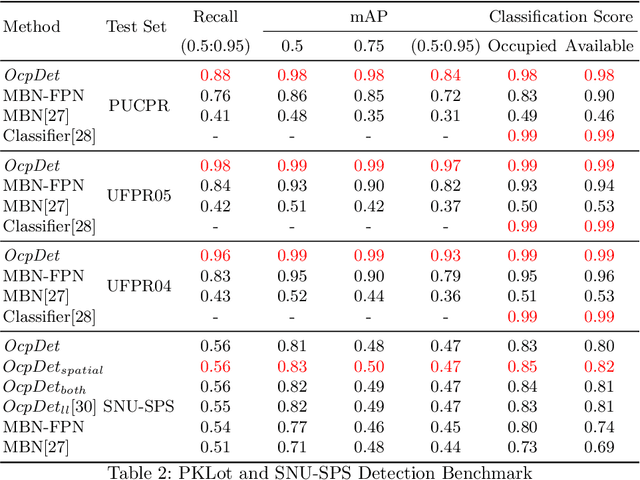
Abstract:Although the smart camera parking system concept has existed for decades, a few approaches have fully addressed the system's scalability and reliability. As the cornerstone of a smart parking system is the ability to detect occupancy, traditional methods use the classification backbone to predict spots from a manual labeled grid. This is time-consuming and loses the system's scalability. Additionally, most of the approaches use deep learning models, making them not error-free and not reliable at scale. Thus, we propose an end-to-end smart camera parking system where we provide an autonomous detecting occupancy by an object detector called OcpDet. Our detector also provides meaningful information from contrastive modules: training and spatial knowledge, which avert false detections during inference. We benchmark OcpDet on the existing PKLot dataset and reach competitive results compared to traditional classification solutions. We also introduce an additional SNU-SPS dataset, in which we estimate the system performance from various views and conduct system evaluation in parking assignment tasks. The result from our dataset shows that our system is promising for real-world applications.
Generative Pre-training for Paraphrase Generation by Representing and Predicting Spans in Exemplars
Nov 29, 2020
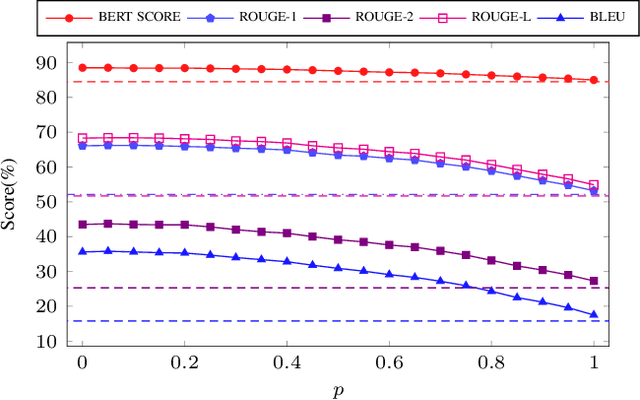
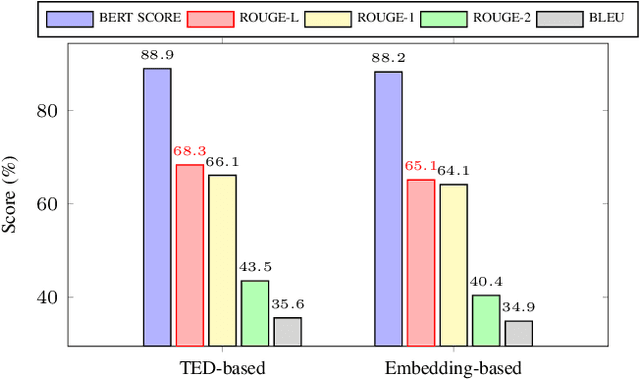
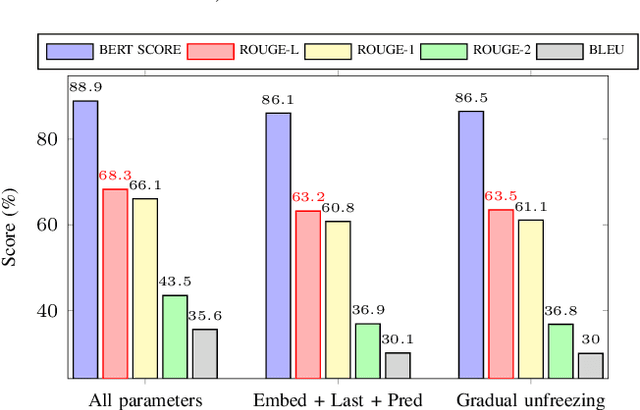
Abstract:Paraphrase generation is a long-standing problem and serves an essential role in many natural language processing problems. Despite some encouraging results, recent methods either confront the problem of favoring generic utterance or need to retrain the model from scratch for each new dataset. This paper presents a novel approach to paraphrasing sentences, extended from the GPT-2 model. We develop a template masking technique, named first-order masking, to masked out irrelevant words in exemplars utilizing POS taggers. So that, the paraphrasing task is changed to predicting spans in masked templates. Our proposed approach outperforms competitive baselines, especially in the semantic preservation aspect. To prevent the model from being biased towards a given template, we introduce a technique, referred to as second-order masking, which utilizes Bernoulli distribution to control the visibility of the first-order-masked template's tokens. Moreover, this technique allows the model to provide various paraphrased sentences in testing by adjusting the second-order-masking level. For scale-up objectives, we compare the performance of two alternatives template-selection methods, which shows that they were equivalent in preserving semantic information.
 Add to Chrome
Add to Chrome Add to Firefox
Add to Firefox Add to Edge
Add to Edge